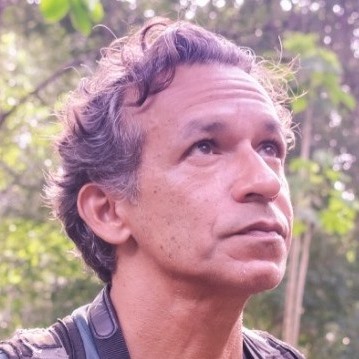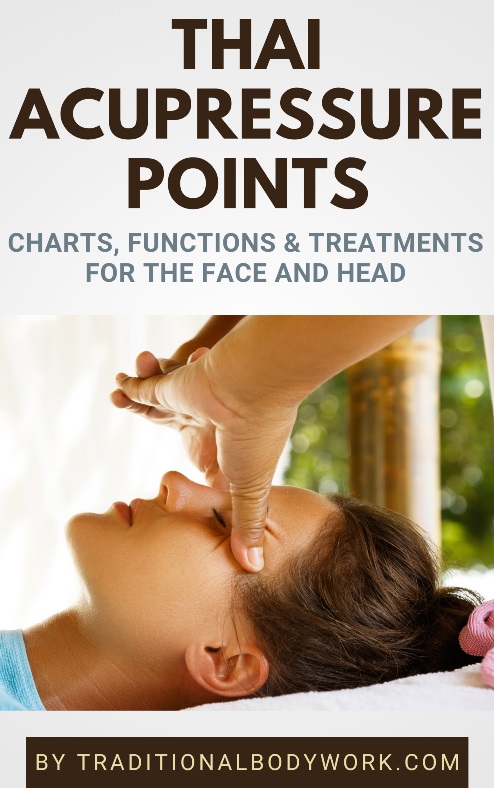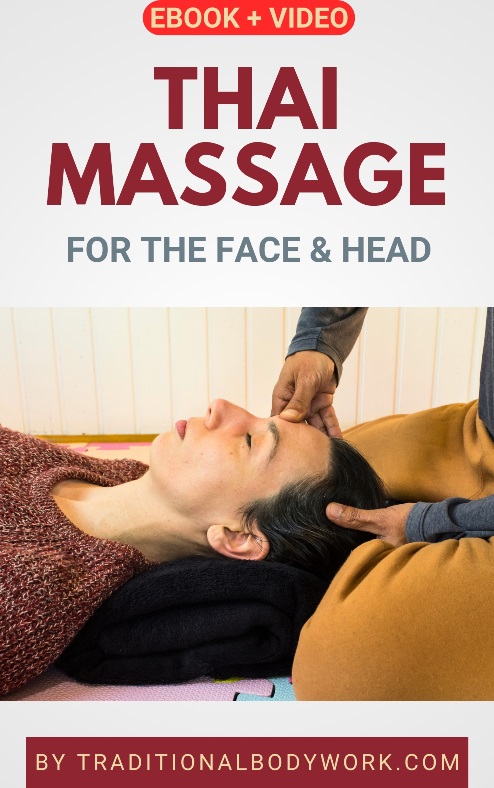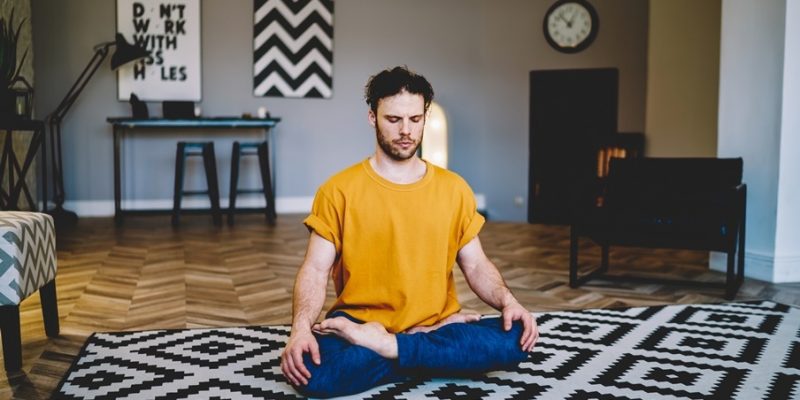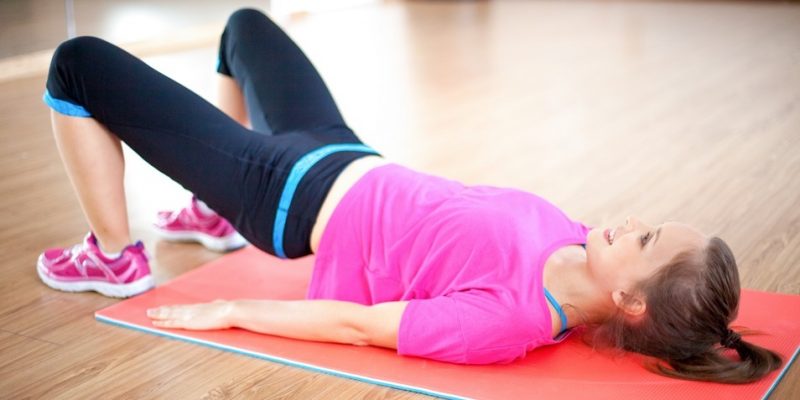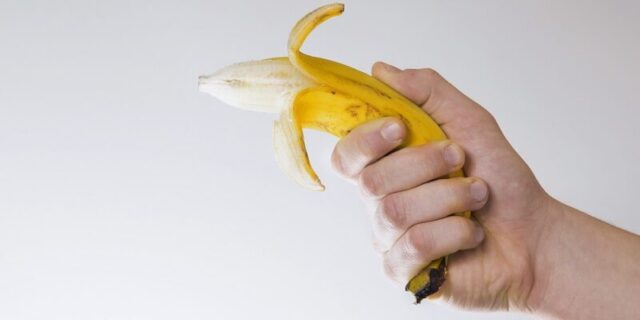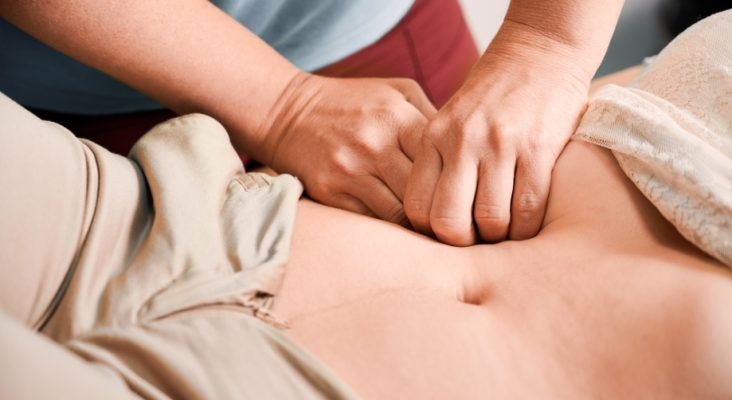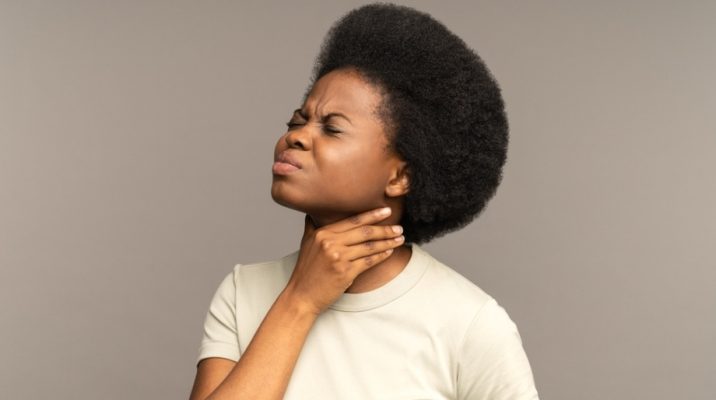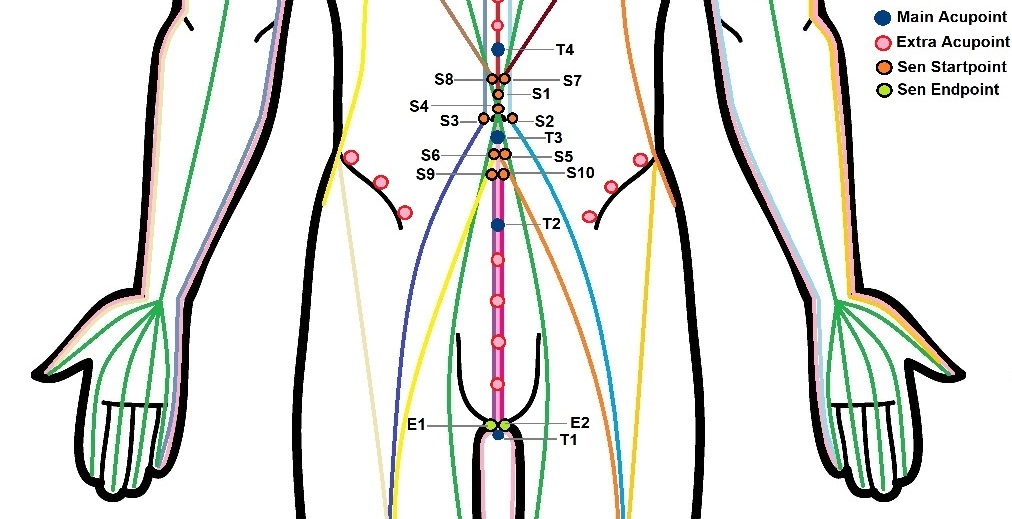
In this article, we’ll look at the perineal acupressure point (T1 in the chart above), that is, at the techniques that can be used to manipulate it and the assumed health benefits in Thai Massage, Yoga and Ayurveda, and in Traditional Chinese Medicine (TCM) and Taoism.
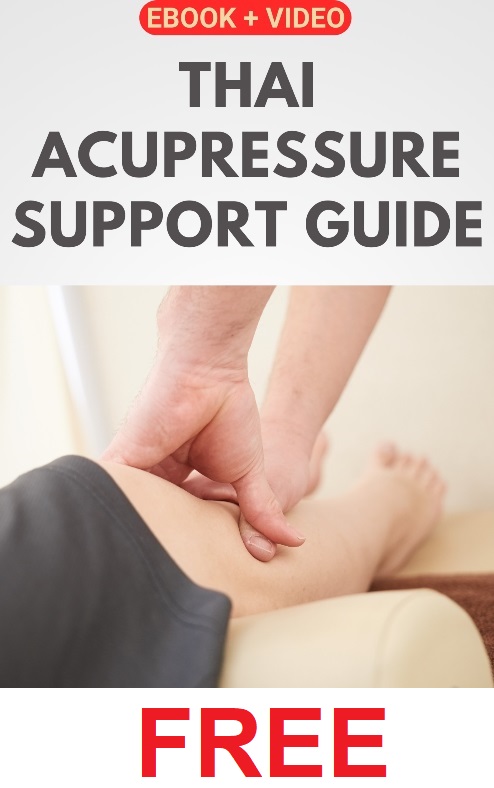
The perineum is the space between the anus and scrotum for men and between the anus and the vulva for women, generally being a larger area for men than for women. Approximately in the middle of perineum you’ll find the perineal acupoint. The exact location of this pressure point differs somewhat from person to person, because the sizes of the perineal area of each person vary.
Nevertheless, you can always give acupressure on the entire perineal area, which makes that you will not miss it. In general, you can give quite some firm pressure on this body part, although you should go-in gently and give pressure in a gradual and controlled way.
Mind that the perineum is considered an erogenous zone, which means that receiver may experience sexually pleasurable and erotic sensations when this area is manipulated. In addition, it may also be connected to traumatic emotional and sexual experiences, which means that it’s advised that a therapist should preferably work this area with a trauma-informed approach.
At any rate, as a precaution/contraindication it’s advised not to treat this pressure point when a woman is pregnant or when a person has perineal tears or otherwise suffers from physical trauma in the area.
Thai Massage
In Thai Massage, acupoint T1 affects the Sip Sen Energy Lines Sen Khitchanna, Sen Nanthakrawat, and the Sen Sumana Extension Line.
The point is indicated for hernia, frequent urination, erectile dysfunction, infertility, issues with the ovaries, uterus or prostate, orgasmic disorders, premature ejaculation, irregular menstruation, uterine bleeding, diarrhea, abdominal pains, sexual arousal issues, labia distension, and excessive or low libido.
In Thai Acupressure treatments it’s common to manipulate this pressure point with the fingers, usually with the thumbs, with herbal compresses (herbal pouches), or with the heel of the foot, the latter giving broad sustained pressure to the area.
Yoga and Ayurveda
In Ayurveda and Yoga, T1 may correspond to either Guda Marma, Trik Marma, and/or Vitapa Marma depending on the literature researched. In any case, they all have a strong association with the perineum. It’s thought that pressure point T1 is either located along the Kuhu Nadi or the Shankhini Nadi Energy Channel.
Vitapa Marma is located in the groin and inguinal canal, indicated for control of sexual energy and the reproductive system, impotence (erectile dysfunctions), testicular issues, genital tract infections, sperm deficiencies, infertility, and menstrual disorders.

Trik Marma is located at the tailbone and is indicated for coccyx pain, sacroiliac joint pain, pain in the sacral area, sciatica, rectal pain, rectal fissures, hemorrhoids, urinary tract issues, cervical dysfunction, prostate dysfunction, impotence, low libido, and pelvic floor disorder.
Guda Marma is located at the anus near the tip of the tailbone and is thought to govern sexual energy and the functions of the reproductive organs, part of the nervous system, intestinal issues (notably large intestine and rectum), and all diseases related to the excretory system.
Pressure point T1 (actually the entire perineal area) is also associated with the first Chakra, that is, the Muladhara Chakra (Root Chakra). Moreover, Guda Marma, Trik Marma, and Vitapa Marma are all thought to influence the function of the Muladhara Chakra.
In Ayurveda, this area is treated through Marma Point Acupressure or through Abhyanga Oil Massage. In Yoga, notably in Tantric Yoga, meditation practices that involve the Muladhara Chakra are common to work on this area, alongside certain Yoga Asanas (Yogic Postures), Yogic Bandhas and Yogic Mudras, such as the Maha Bandha (which includes the perineal Mula Bandha), and the Adhara Mudras (also called Perineal Mudras).
Traditional Chinese Medicine (TCM)
In TCM and in Taoism, the perineal pressure point is associated with acupoint Huiyin or Hui Yin (CV-1 on the Conception Vessel Meridian – Ren Mai).

It’s said to be located on the midline between the anus and the root of the scrotum in males, and between the anus and the posterior labial commissure in females. In addition, Huiyin is also associated with the Taoist Lower Dantian (Dantien) energy center.
It’s therapeutically indicated for vaginitis, irregular menstruation, all genito-urinary and urine retention issues, genital pain or itching, uterine prolapse, amenorrhea, anal prolapse, hemorrhoids, premature ejaculation, prostate disorders, longevity, sexual vitality, and mental disorders.
In TCM, this perineum point is typically treated through acupuncture. In esoteric Taoism, notably as part of the Taoist Sexual Practices (Fang Zhong Shu), and depending on goals such as Qi Life Force transformations or Semen Retention, it’s treated either directly with the fingers or through meditative and visualization techniques.

